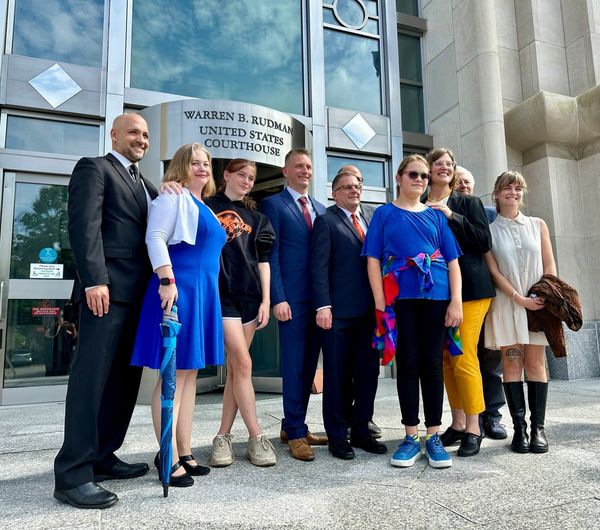
Five years ago the Guardian made a pledge that we would “play a part, both in our journalism and in our own organisation, to address the climate emergency” with our first annual environment pledge. That commitment reflected our long history of environment reporting and our view that individual companies had to take greater responsibility for their impact on the natural world. We wanted to demonstrate to readers that we were taking the action that our journalism showed was so necessary, and to be transparent about our progress. Today we publish the 2024 pledge.
Since then we have worked hard to measure and reduce our greenhouse gas emissions, to understand our impact on nature and to share our results openly with readers. In our latest sustainability report, published last month, we show that our emissions have fallen by 43% since 2020, putting us well on track to achieve our goal of a 67% cut by 2030.
So far we have reduced emissions from our print business by almost 50% through careful choices about the paper we buy, cutting waste in our operations and increased use of renewable energy by our biggest suppliers. We’ve also learned to think beyond the obvious solutions. For example, encouraging more readers to subscribe to our newspapers actually helps reduce emissions because it gives us more certainty over the number of copies to print every day.
We’re happy with our progress, but it comes against a worsening global picture. In 2015, governments worldwide committed to the Paris Agreement, in order to keep global heating within 1.5C of pre-industrial levels. To achieve that, emissions would have to fall by around 50% by 2030. Instead, emissions are at an all-time high and still rising. 2024 will almost certainly be the hottest year on record. Donald Trump’s election victory is expected to drive up emissions in the US and slow down environmental action.
Even before the US election, many large companies were already scaling back on their environmental commitments as they realised how complex it is to make change through their supply chains. Big tech companies had set themselves some of the most aggressive targets but are now reporting soaring emissions due to investments in energy-hungry AI data centres.
In the face of such challenges, does it even make a difference if businesses like the Guardian – with our relatively small environmental footprint – are trimming our emissions? I believe it does. We have seen first hand that setting targets and sharing expectations with suppliers helps increase the pace of change. The actions we take, such as refusing to take advertising money from fossil fuel producers, can show others what is possible. Just as our journalism provides people with facts that equip them to challenge the status quo, we hope that sharing our progress as a business can inform and support others to do the same, at a time when the need for action has never been more urgent.
Julie Richards is the Guardian’s director of sustainability and operational transformation







